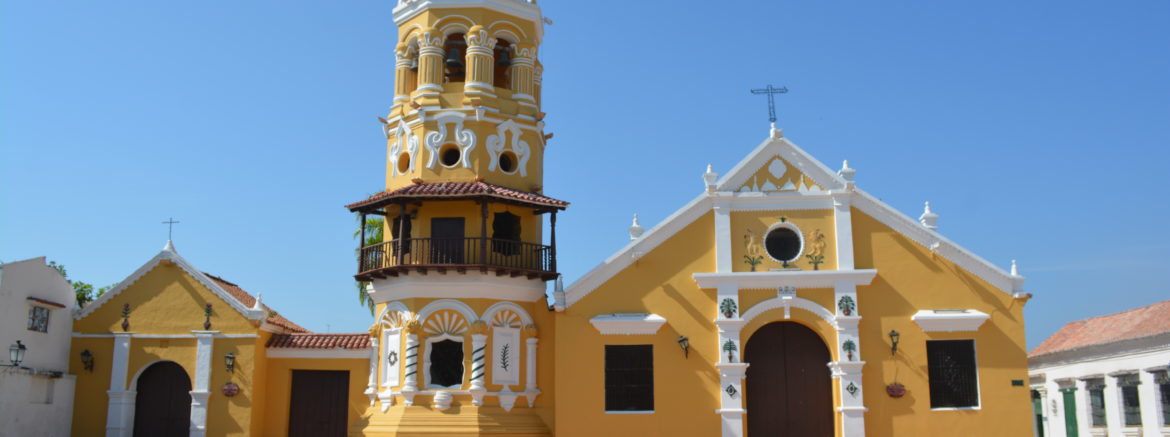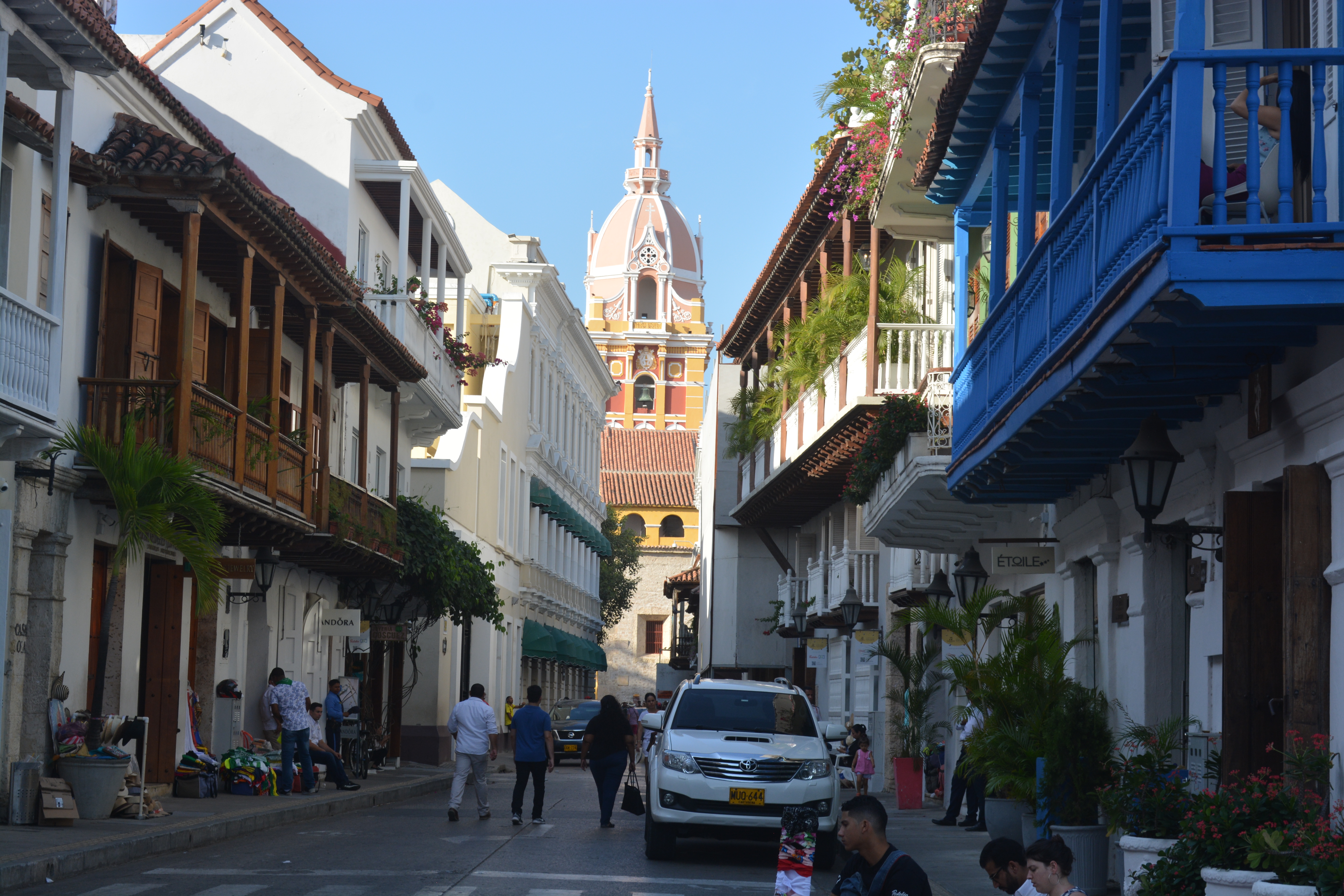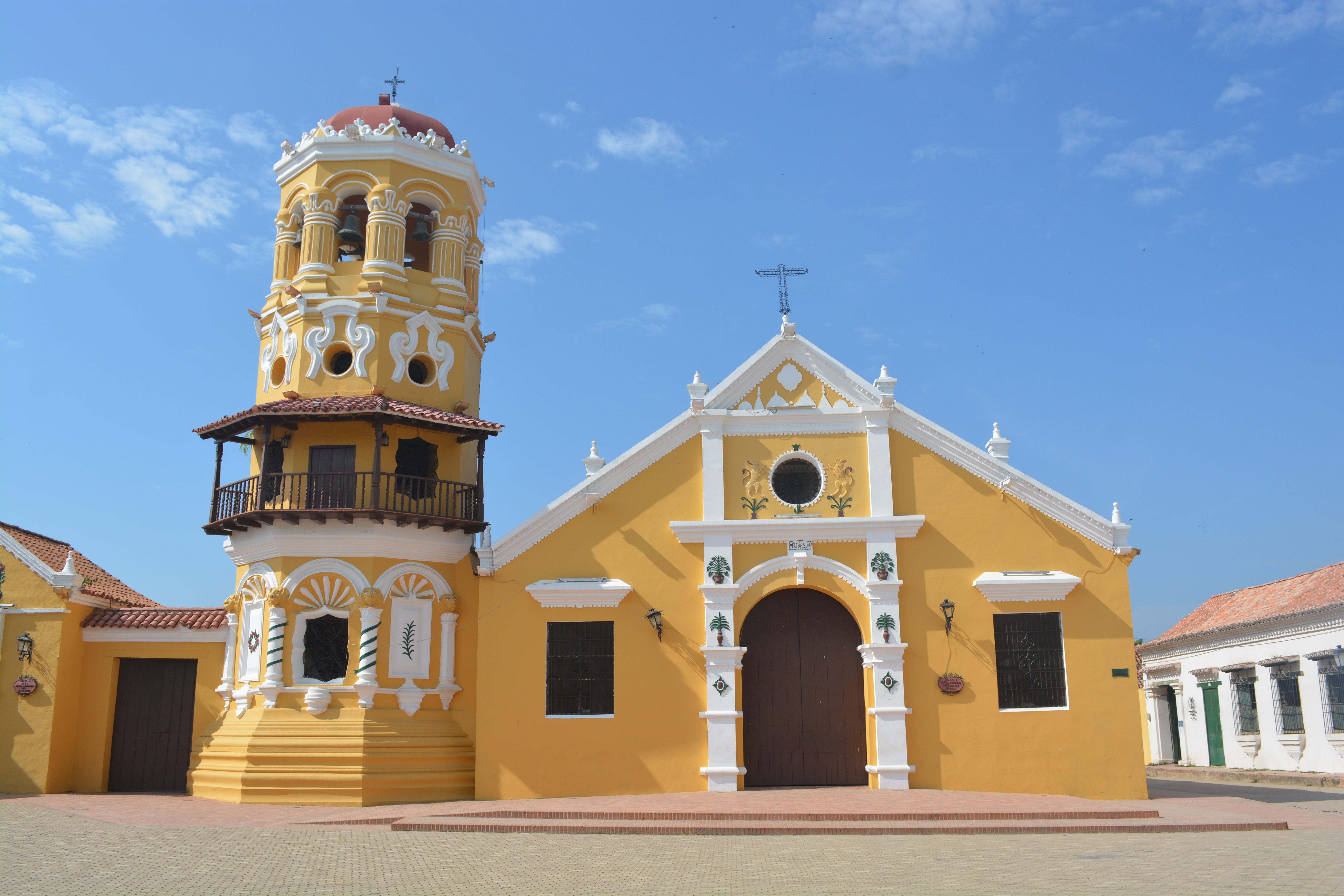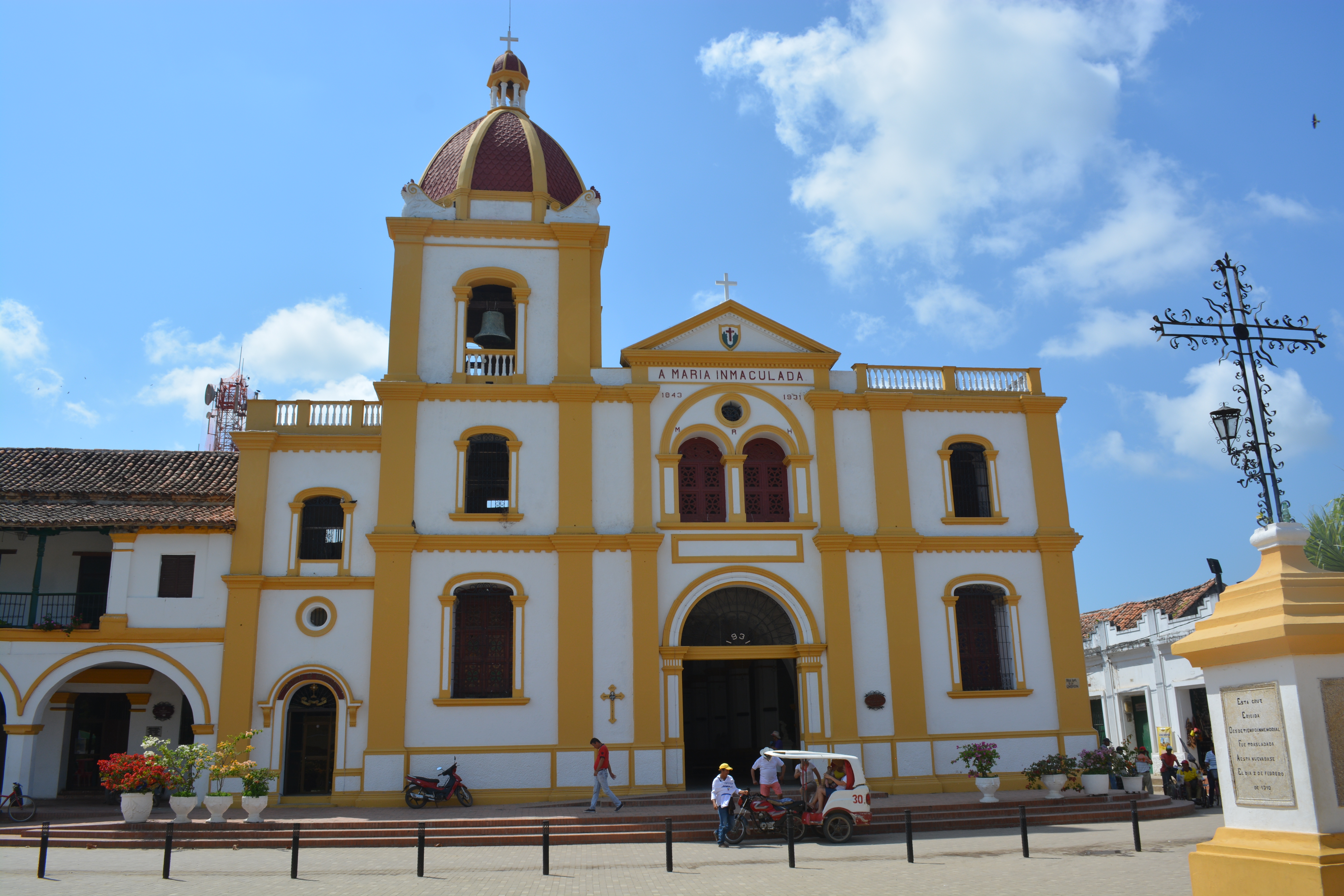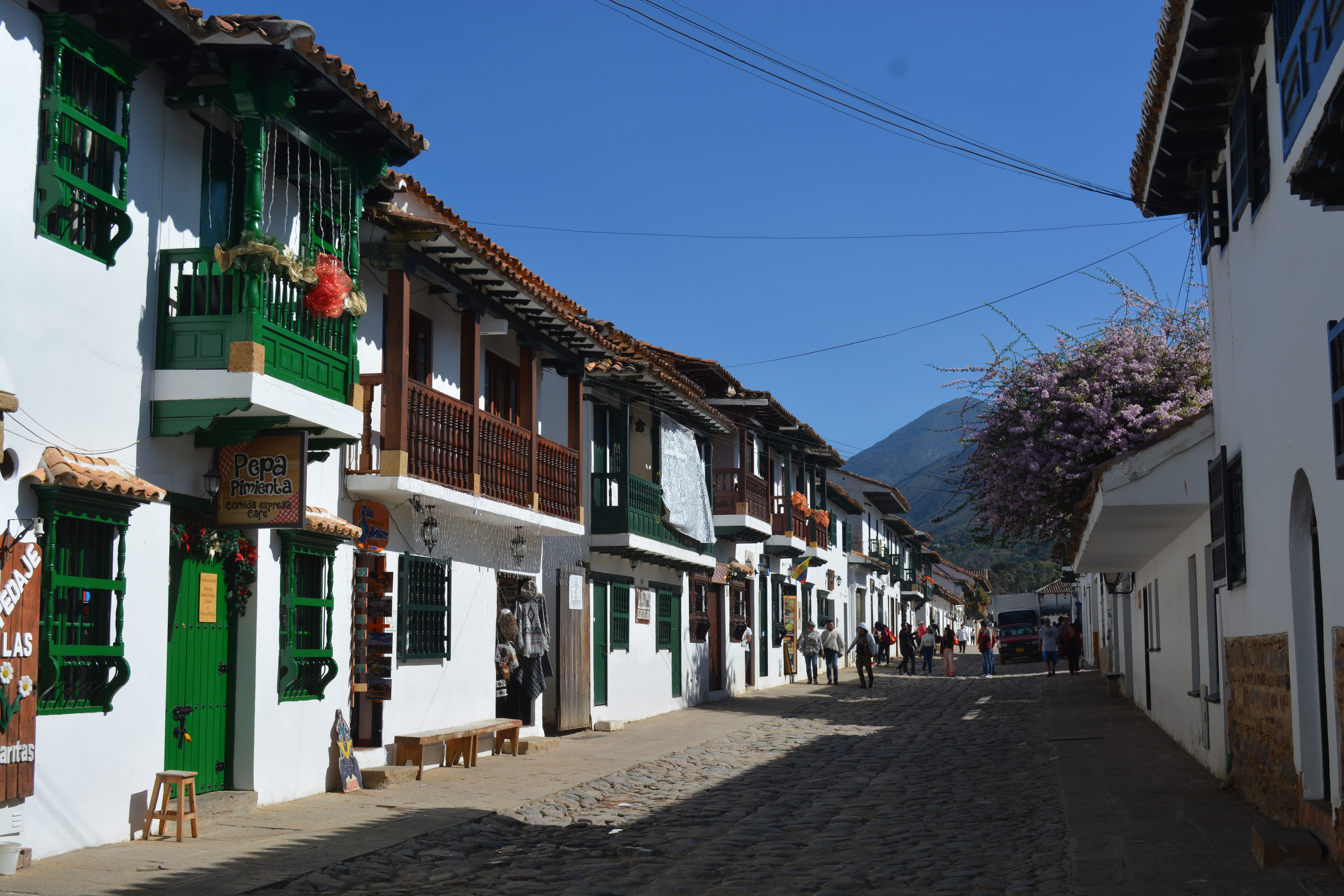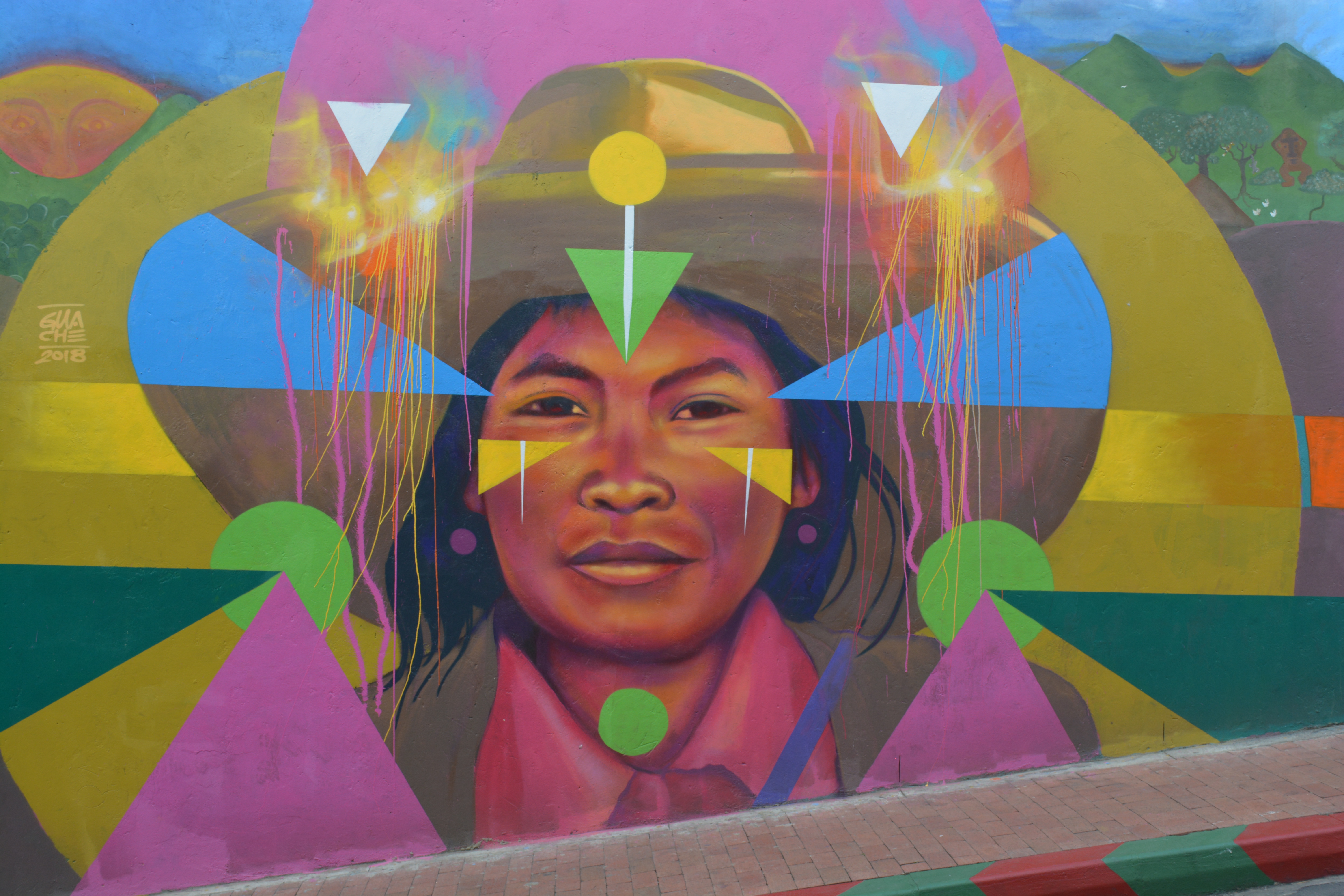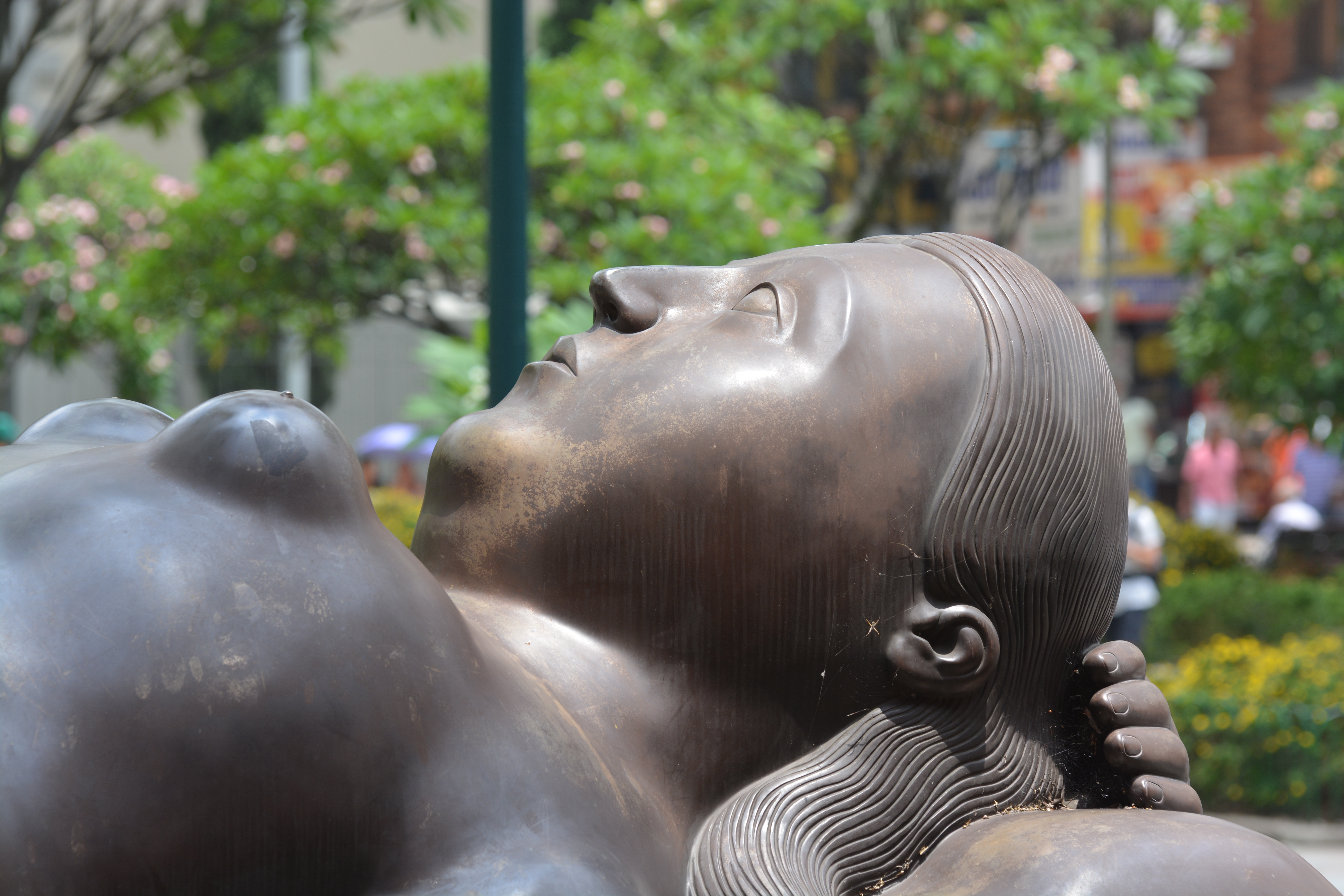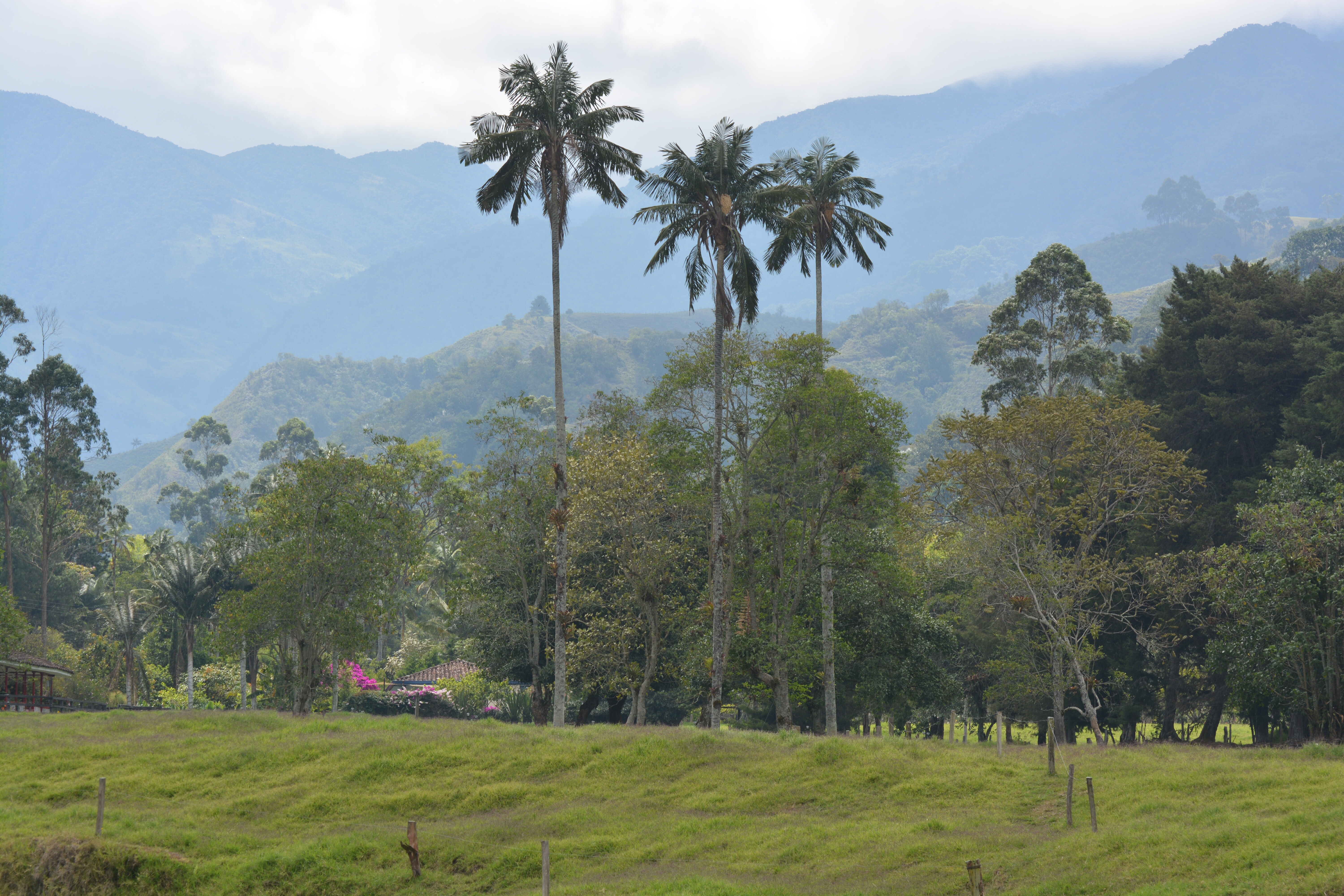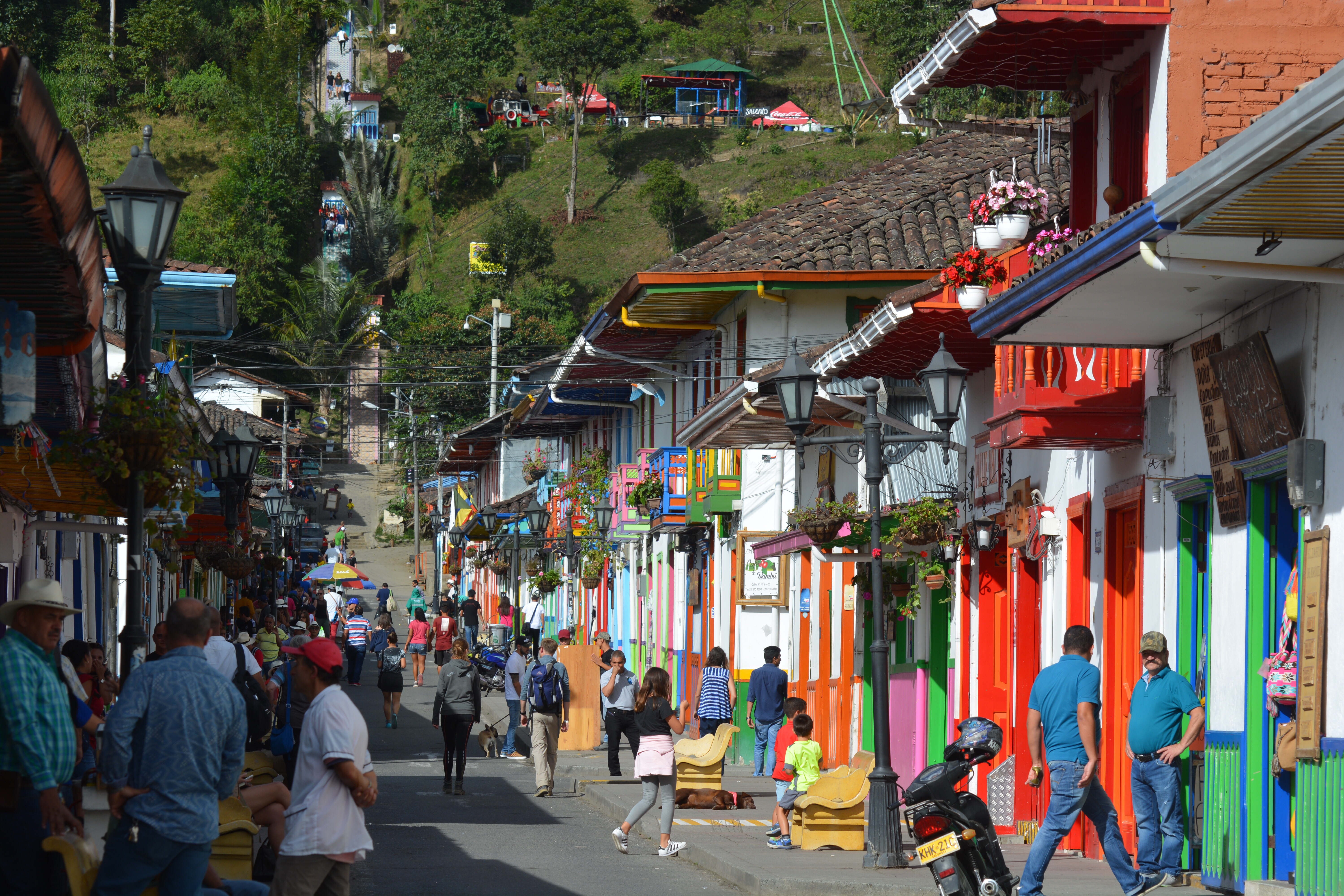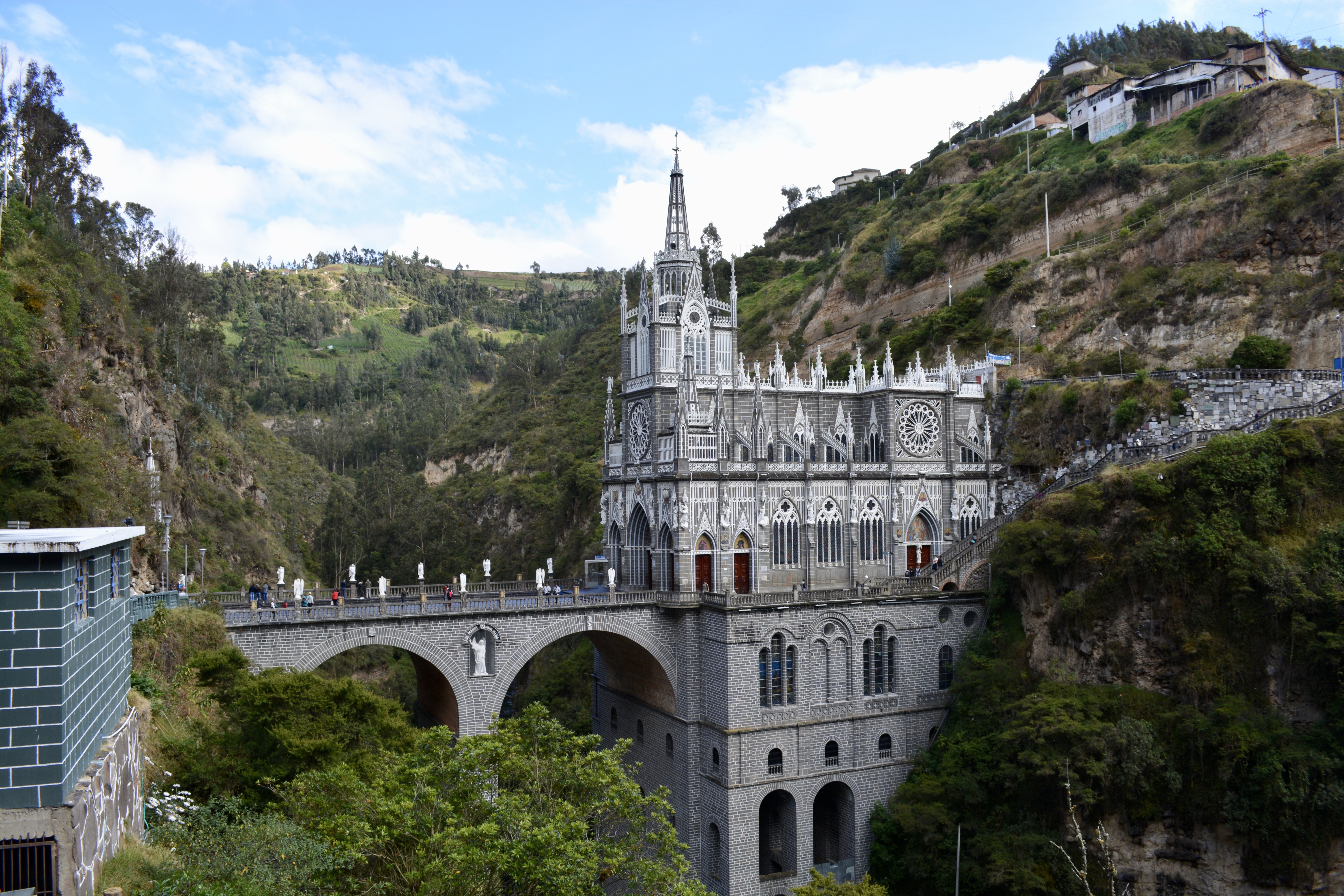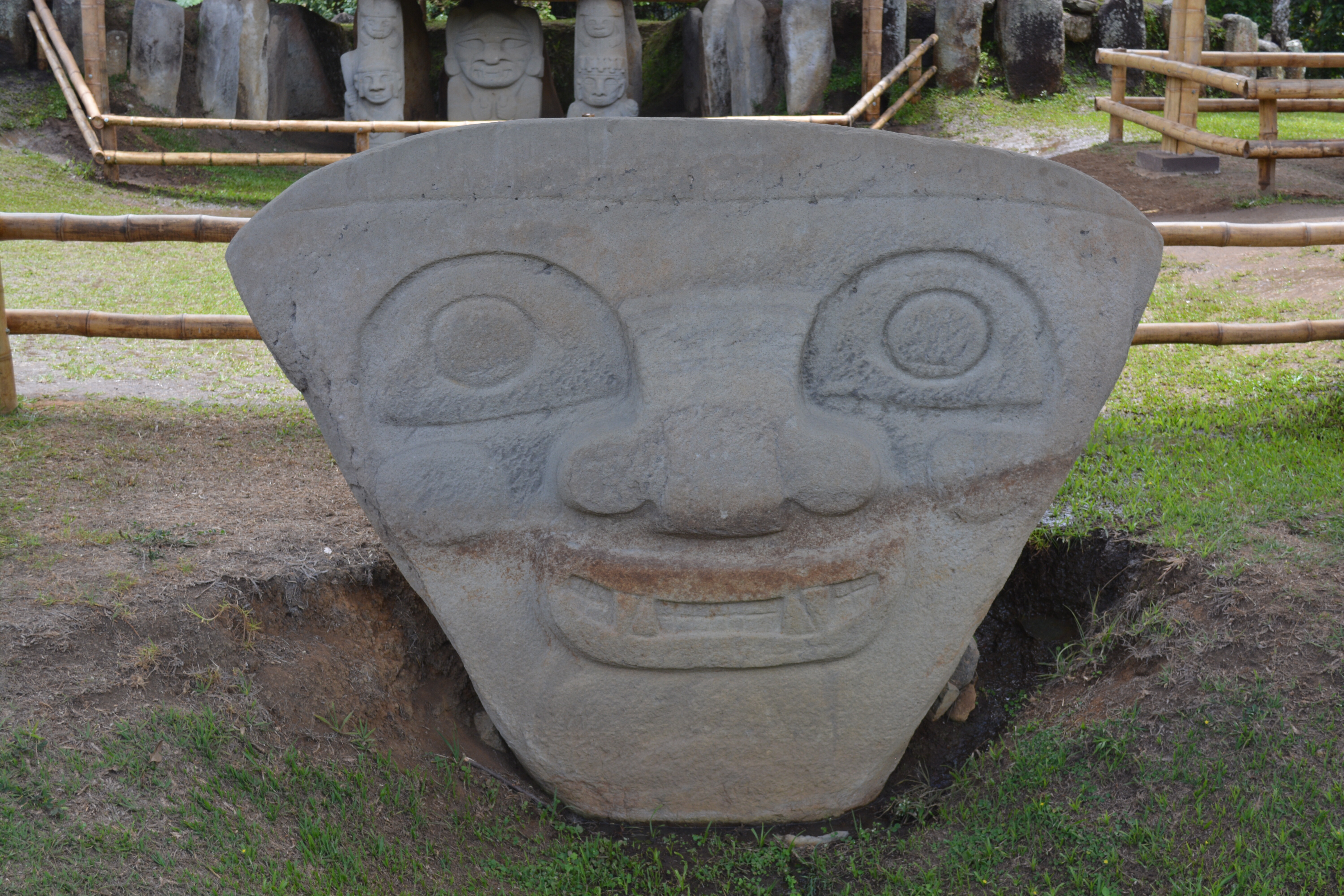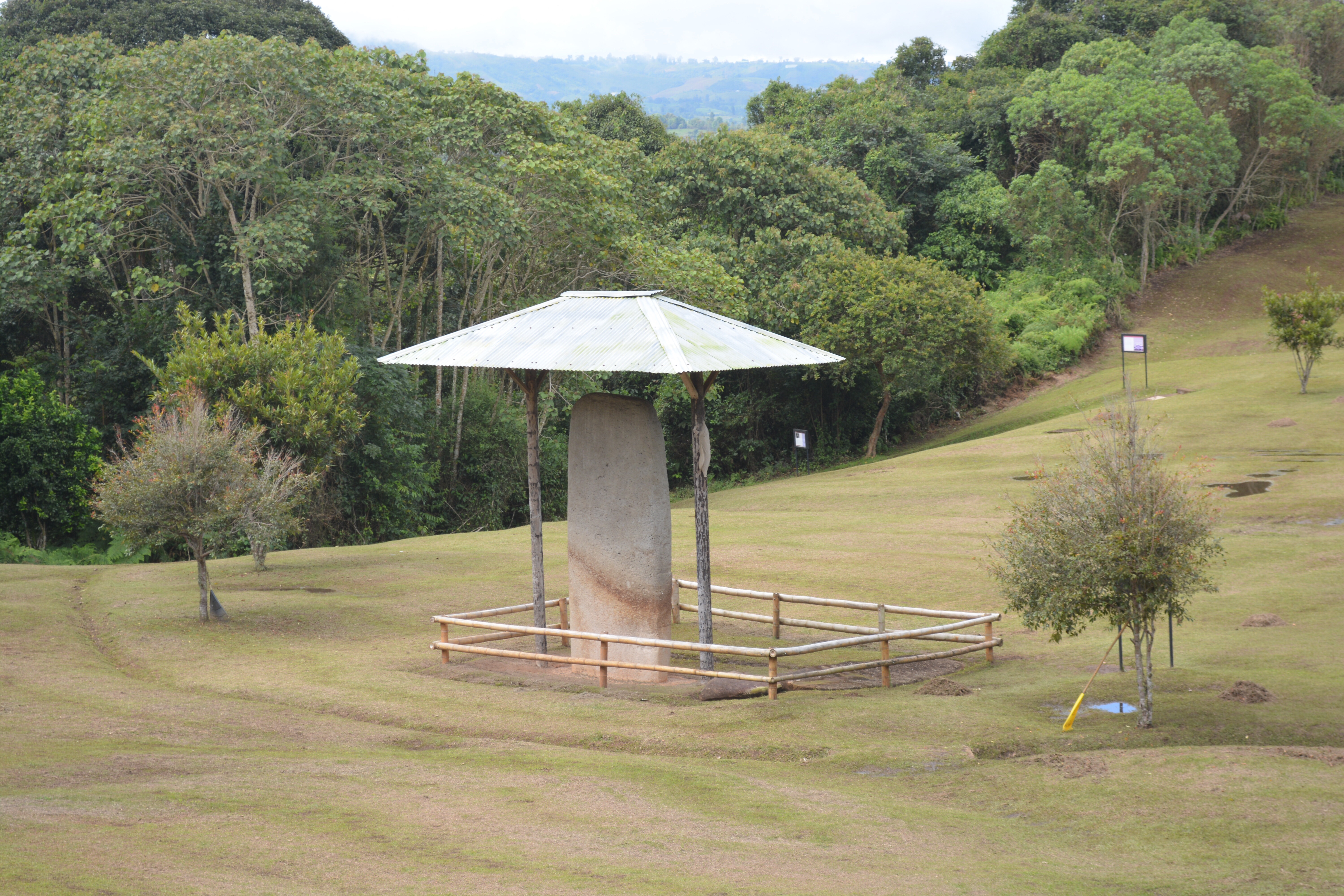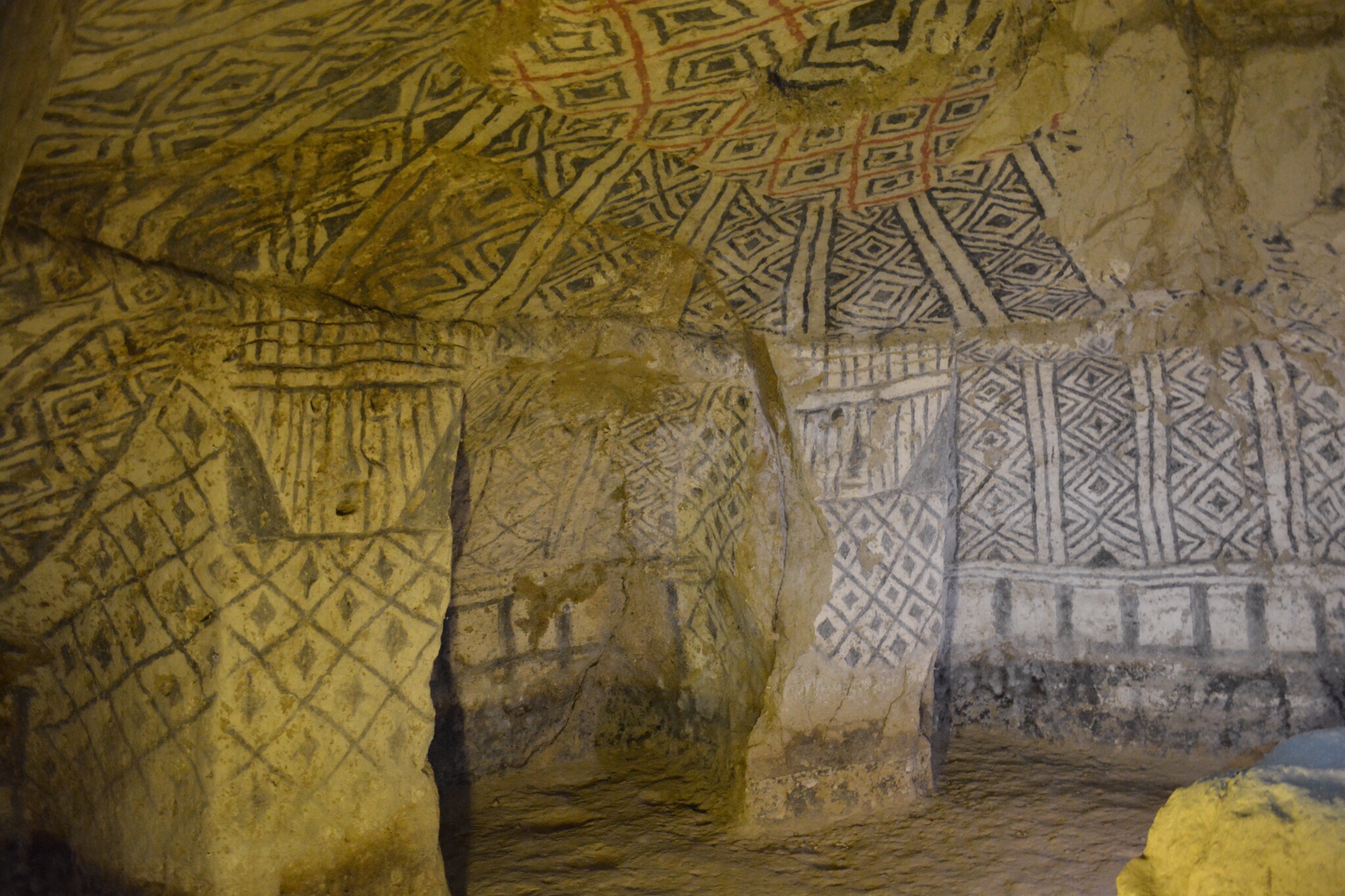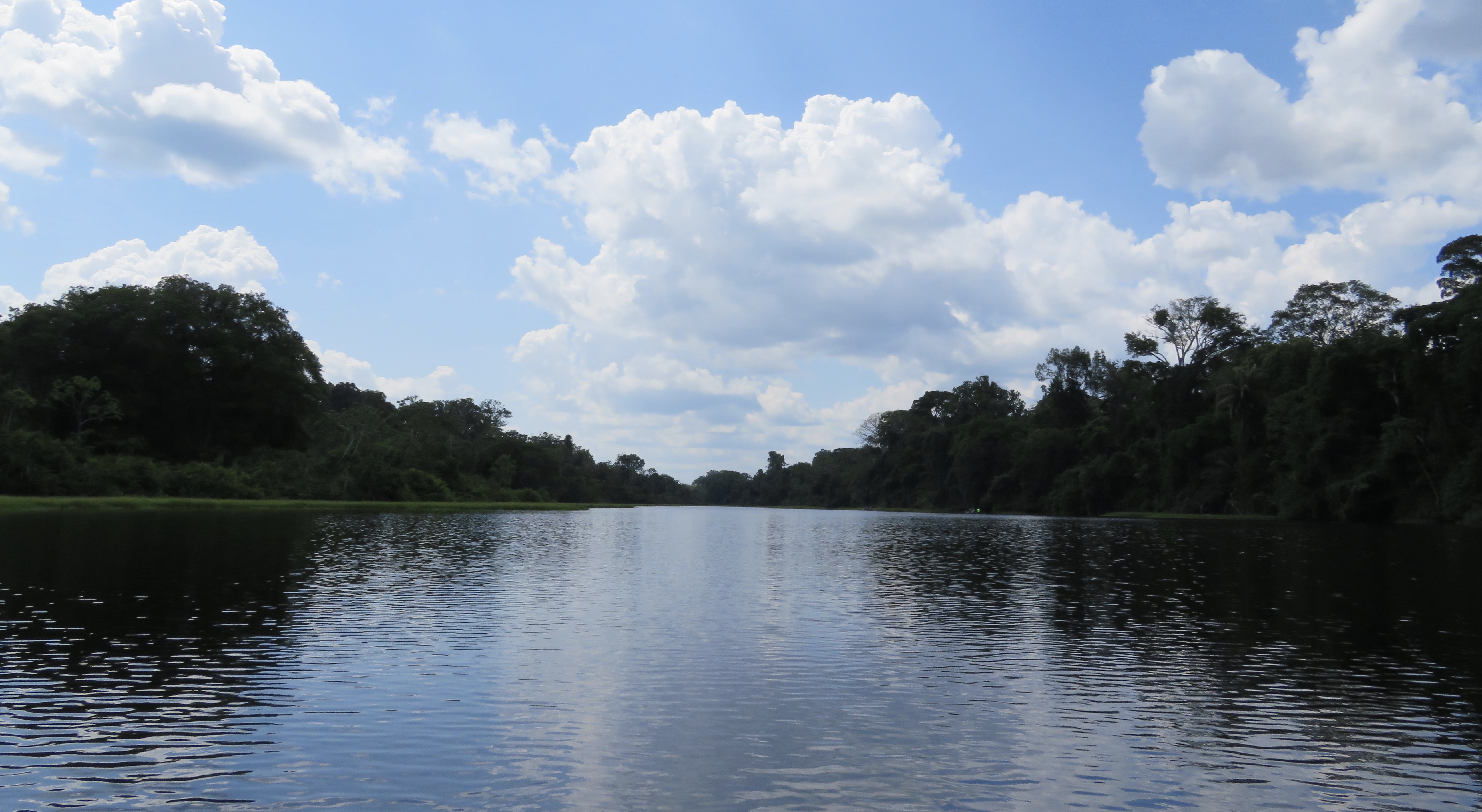Colombia is one of South America’s best kept secrets and is beginning to becoming a mainstream tourist destinations in the continent, after many years of bad press and security issues putting off all but the most adventurous traveller. Today Colombia has become a key destination amongst independent backpackers, but apart from Cartagena, which is well and truly on the Caribbean cruise circuit much of the country is unspoilt by mass tourism.
For many of those that visit Colombia as part of a wider South American journey, it is often ranked as one of their favourite destinations of all South America, as there is so much variety from the sultry Caribbean Coast, Old Colonial Towns through to the thriving and reborn Metropolises of Bogota and Medellin, the Andes Mountains and vast tracts of unspoilt Amazon rain forests, probably the best coffee in the world, an unparalleled music and art scene, and some of the friendliest people in the whole of South America.
Destinations
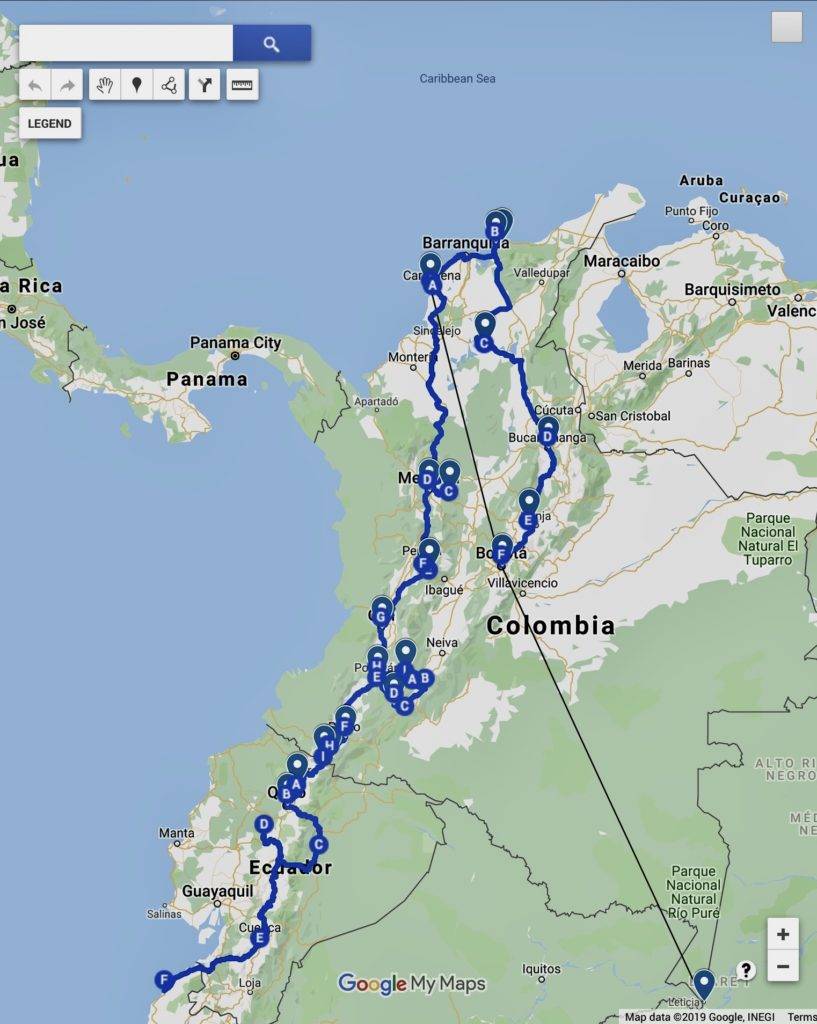
- Cartagena del Indias
- Tayrona National Park
- Mompos
- Villa del Leyva
- Bogota
- Medellin
- Zona Cafetera
- Popayan & the South
- San Agustin & Terradentro
- Leticia & the Amazon
1. Cartagena de Indias
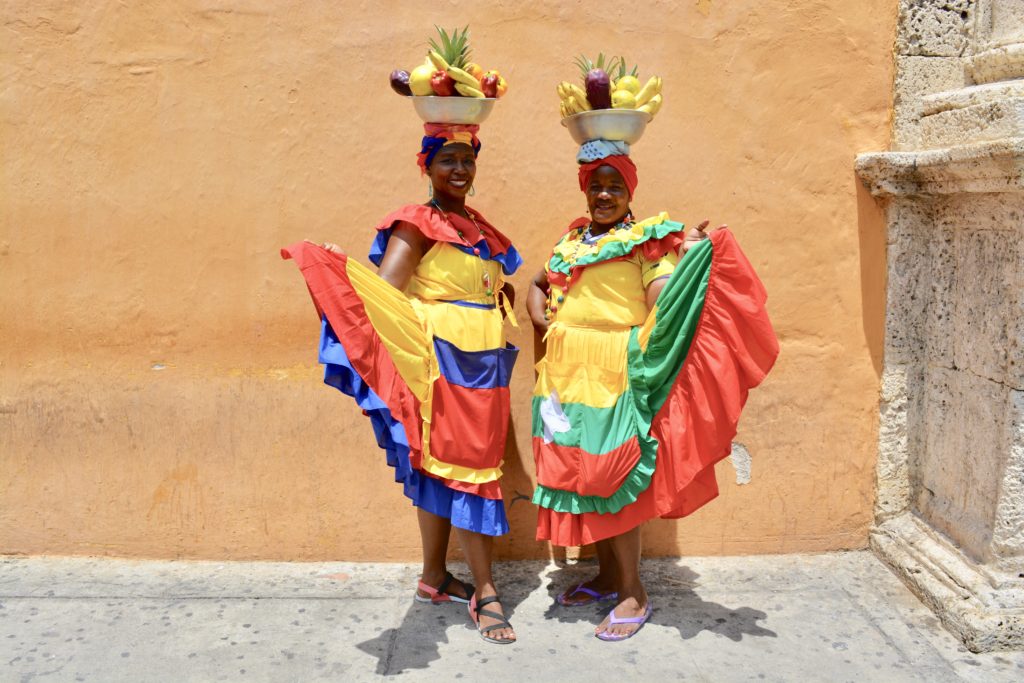
Cartagena is Colombia’s showpiece destination is a riot of sun and colour and is now well and truly on the tourist circuit. The old city centre is an attractive blend of colourful old colonial buildings narrow streets all surrounded by a nearly complete defensive wall. Many of the old buildings have become expensive boutique hotels and restaurants, but when the day trippers on the cruise ships depart at night the city comes to life with its many Colombian visitors and locals.
2. Tayrona National Park
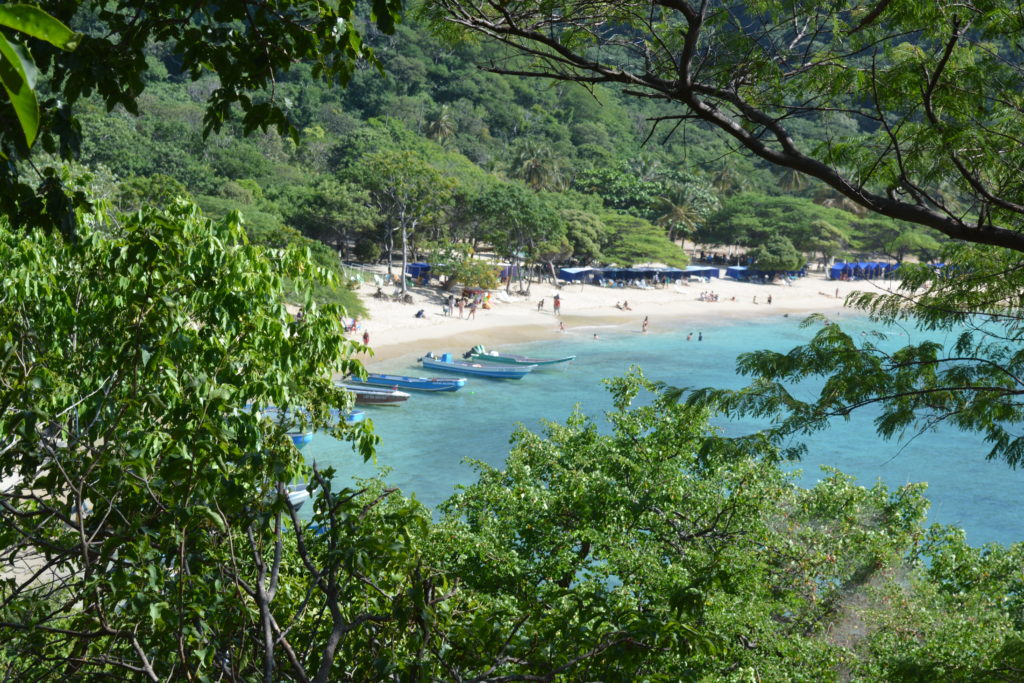
Tayrona National Park is an unspoilt wilderness to the east of Santa Marta where lush jungle runs down to many unspoilt sandy beaches. Most visitors will stay in nearby towns like Taganga, from where you take a boat to the many unspoilt beaches. The currents are very strong for swimming but the settings are stunning with the lush jungle and mountains as a backdrop. For the more adventurous visitors this is also the place to take on the Cuidad Perdita Trek
3. Santa Cruz de Mompos
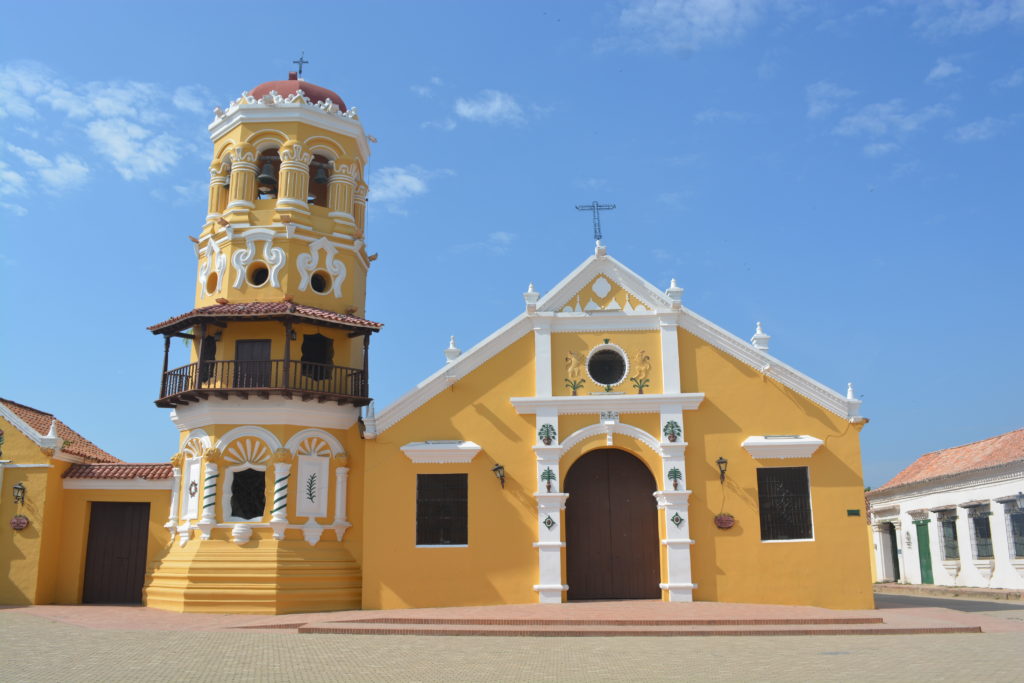
While world famous Cartagena has all the visitors and plaudits, Santa Cruz de Mompos is a total step back into time colonial experience. Set on the slow flowing Rio Magdalena, mumps with it’s perfectly preserved low rise colonial buildings and colourful churches has to be one of the most beautiful old colonial towns in the continent and without all those hordes of visitors. It could almost be straight old of a Gabriel Garcia Marquez novel.
4. Villa de Leyva
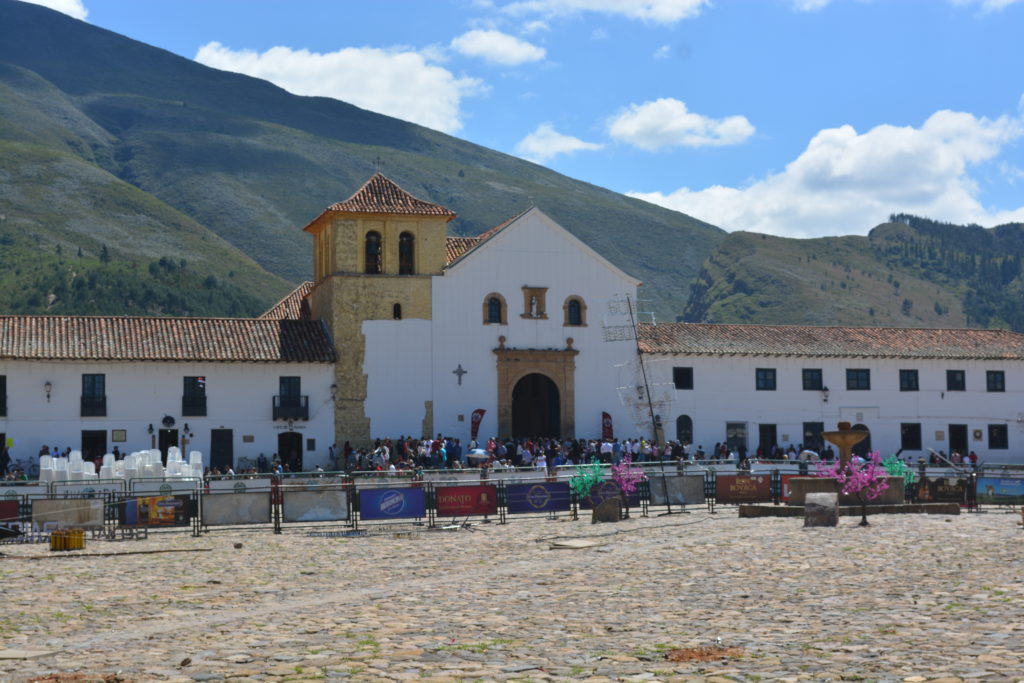
To the north of Bogota with its old cobbled streets and whitewashed buildings is the beautiful Villa de Leyva. It is a popular weekend destination for the rolos from Bogota and can get crowded, but with 14,000 square meter Plaza Mayor, there is plenty of room to absorb the visitors
5. Bogota
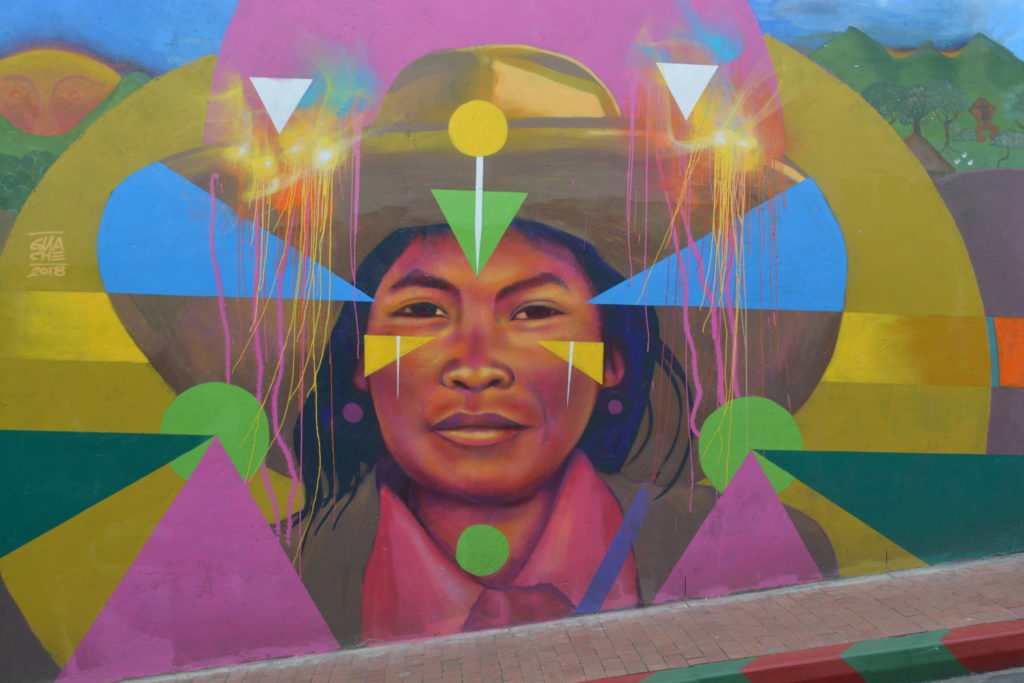
Colombia’s capital is fast becoming a megacity, with a population of over 7 million. Over recent years it has gone through a renaissance and is a dynamic modern city. The old city centre around La Candelaria has the usual selection of impressive squares, colonial churches and modern high rise buildings. However the undoubted highlights are taking one of the free Graffiti Tours where you get a rapid introduction to the socio-economic history of Colombia and the many struggles the Colombians have been through. In addition the world class Museo del Oro and Museo Botero are must see destinations as is a trip up the funicular to Cerro de Monserrate for extraordinary views of the city.
6. Medellin
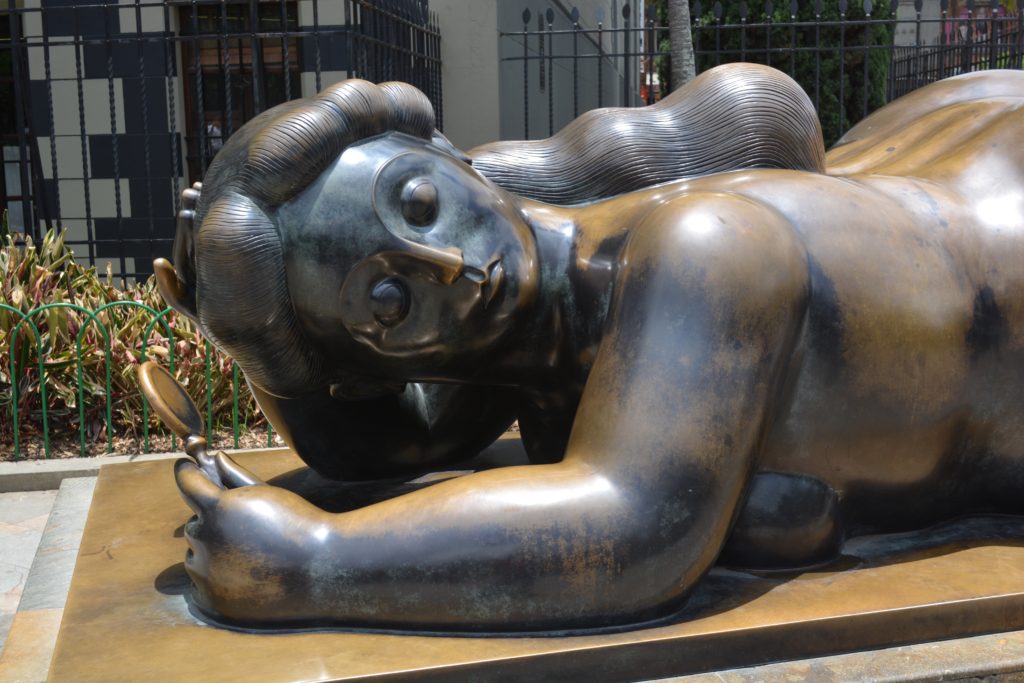
Back in the 1980s and 1990s Medellin was a no go city, being the centre of the Drug Cartels and Pablo Escobor. Today the city has completely reinvented itself and is a modern and exciting city. One of the transformational things the city did was the building of the Commune 13 escalators and the cable car in one of the poorest areas, which helped bring easy access to the commercial centre and also generate pride in the local community. The graffiti tour in Comuna 13 demonstrates some incredible artwork. Medellin is also the birthplace of Fernando Botero and both the Plaza Botero with its 23 bronze sculptures and the nearby Museo de Antioquia are must visits for all Botero fans.
7. Zona Cafetera
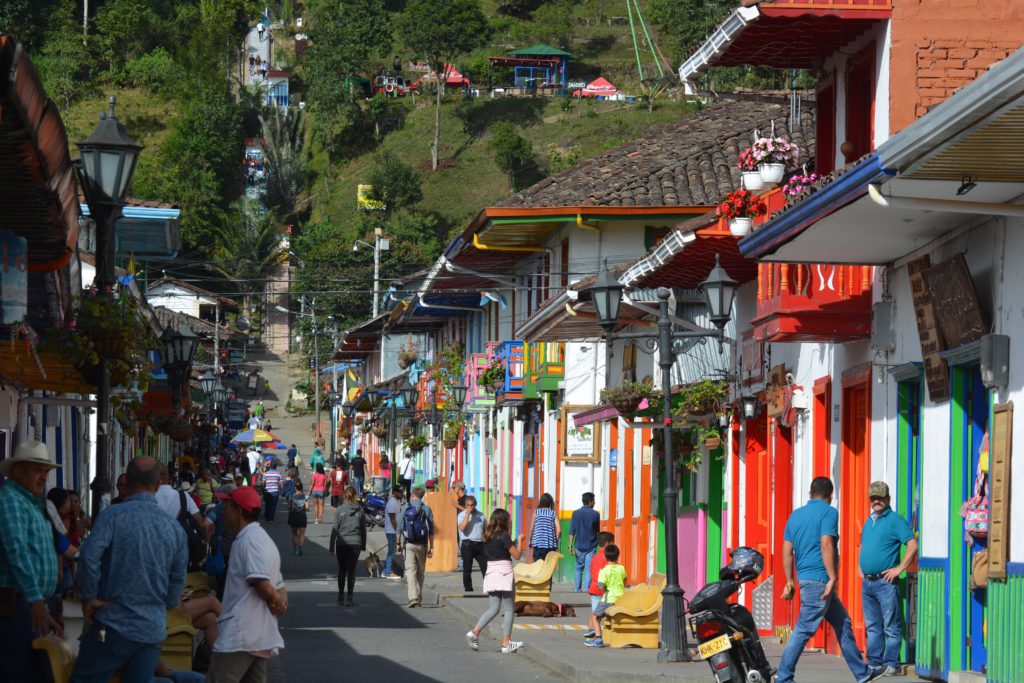
While coffee is grown all over Colombia, the area in the centre of the country around Armenia is famous as Colombia’s Zona Cafetera. Right at its centre is the delightful small town of Salento which combines an old colonial setting surrounded with verdant countryside complete with many fine coffee fincas. Coffee here is served and drunk with the sophistication of fine wine all in delightful countryside. Also famous in this area are the tall wax palms, Colombia’s national tree. The wax palms grow to up to 60 metres tall, and stand out in the landscape. Just south of the Zona Cafeteria, is Colombia’s third city, Cali which is the home of Colombian Salsa Music and the centre of some of the most productive farmland in the country.
8. Popayan and the South

The University Town of Popayan has recovered from a devastating earthquake in 1983 and is today a fine whitewashed colonial city with young vibe. Many of the old churches and buildings have been reconstructed and the town has a delightfully consistent scale of architecture. To the south of Popayan is the town of Pasto and then the Ecuador border. Near the border is the Santuario de Las Lajas which is a gothic church nestled in a river valley and is the site of many pilgrims.
9. San Agustin & Tierradentro
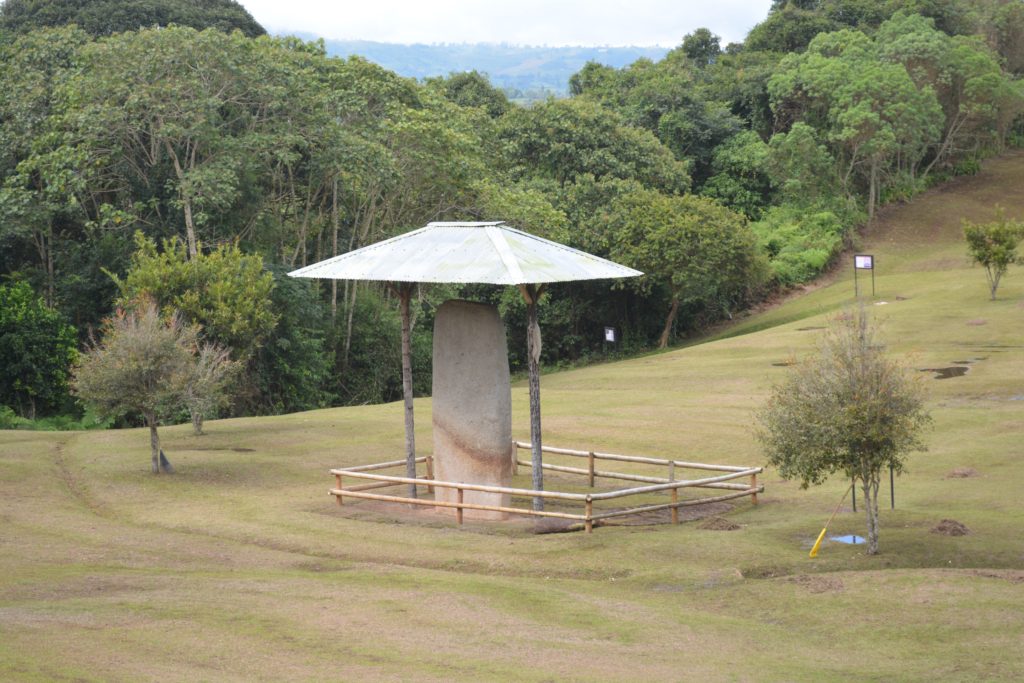
To the south east of Popayan are Colombia’s finest archaeological sites of San Agustin and Tierradentro. Getting to both sites by public transport is a challenge as it involves a number of changes of buses. Both sites are set in the highly fertile upper valleys of the Rio Magdelena and the surrounding countryside is very attractive. The archaeological site are well presented and are not overrun by visitors, indeed some of the tombs in Tierradentro probably receive only a handful of visitors a day.
10. Amazonas
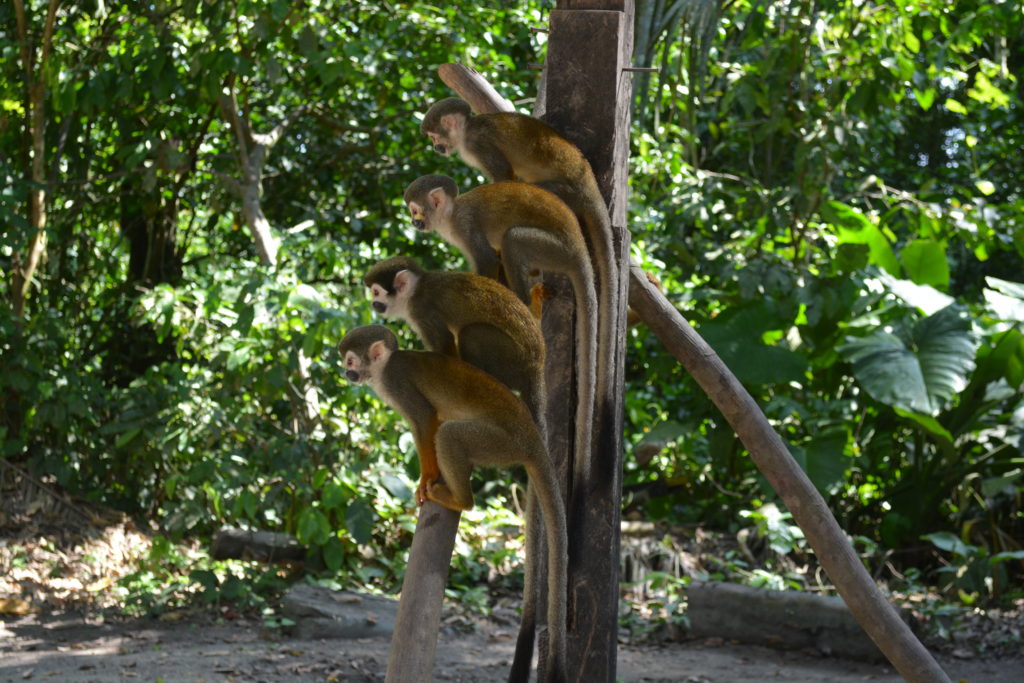
Leticia in the Colombian Amazon is a frontier town which is only connected to the rest of Colombia by air. It sits at the heart of the upper Amazon basin and has become an important ecotourism centre from where you can explore the three country border area with Brazil and Peru. Leticia has all the facilities needed support the ecotourist trade. The Amazon Basin around Leticia has a full range of Amazonian wildlife including river dolphins, tree sloths, and numerous monkeys and birds.
Blogs
- Cartagena de Indias
- Cartagena de Indias – Getting Ready for Christmas
- Tayrona National Park – Tropical Paradise
- Santa Cruz de Mompos – Macondo and Marquez
- Villa de Leyva – White Colonial Town
- Bogotá- Gold and Graffiti
- Bogotá – Second Visit
- Bogotá – Botero and Street Art
- Medellín – A City Reborn
- Cali, Salento – Salsa and Coffee
- Popayán – White City
- Crossing the Ecuador Colombia Border
- Colombia’s Archaeological Heartland – San Agustín and Tierradentro
- Leticia – The Amazon and Three Countries
Slide Show
Travel
Travelling through Colombia is relatively easy with a modern and extensive bus network crossing the country and where time is scarce a network of reasonably priced internal flights. Indeed Avianca, the main carrier, is one of the best in South America and offers a full network across the country and the continent. Indeed its difficult to avoid Bogota’s El Dorado International Airport, which in our experience has always been pretty efficient.
Buses to some of the more remoter areas will often involve changes of transport into collectivos, which essentially wait until they are full and then leave for their destination. Most Colombian’s travel by bus or collectivo and it is a great way to meet locals and experience the country.
Taxis are a safe way to navigate distances in the large cities, traffic can be manic, and also Uber and hail applications are good value and safe. Many taxi drivers will not take cash, so be prepared to use your cards or pay through apps.
Costs
Colombia is generally a good value destination and cheaper than other countries in South America, especially next door Ecuador. The Colombian Peso or COP, while we were travelling was slowly depreciating in value against the USD. The Colombian Banks are well supported by ATMs, though it is always advisable to use them during daylight hours or where there are visible security guards. Generally the banks will charge a small fee for foreign ATM withdrawals, but these fees are much lower than some of the other countries we visited like Argentina and Chile.
If you want to change cash notes, it is best to go to a Bureau de Change rather than a bank. There are many of these all over the country, and often they are grouped together in shopping malls.
Accommodation
There is a full range of accommodation options all Colombia, from the standard international hotels common place in all major cities to a whole variety of smaller hostels and boutique hotels. For the most part we used web based sites like booking.com to source our accommodation. The advantage of booking.com in Colombia, is that often you do not have to pay for accommodation in advance, unlike other sites like expedia.com, etc. However in some places we had to book our accommodation directly, in particular there are no internet website options in Tierradentro, where we booked our accommodation directly by e-mail with the owner.
Accommodation costs do vary across the country, with hotels in Leticia and the Amazon generally being significantly more expensive than elsewhere. Cartagena, with it being a well known tourist destination is also more expensive than the rest of the country. Bogota and the large metropolitan cities have a full range of accommodation options, from international business hotels which cost similar amounts to other equivalent hotels across the continent, but there is a large quantity of different types of accommodation and we found a very reasonably priced small hotel in Bogota. Also accommodation prices can rise significantly during festivals and national holidays.
Places we stayed
- Bogota: Matisse Hotel
- Bogota: The Artisan DC Hotel
- Bucaramanga: Hotel Buena Vista Express
- Cali: Now Hotel
- Cartagena: Hotel Puertas de Cartagena
- Cartagena: Casa Milat Hotel Boutique By HMC
- Leticia: Hotel Amazon Bed and Breakfast
- Medellin: Art Hotel Boutique Medellin
- Mompos: Colonial House – Café Mompox
- Pasto: Loft Hotel
- Popayan: Hotel Camino Real Popayán
- San Agustin: La Casa de François
- Salento: Salento Pequeño Hotel
- Taganga: Hostal Dumbria
- Tierradentro: La Portada Hospedaje
- Villa de Leyva: Villa Gaddiel
